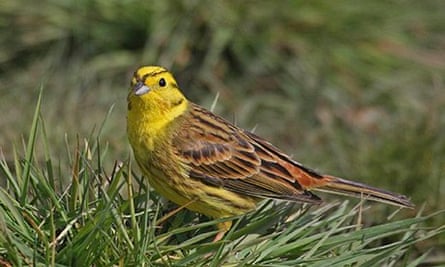Who wouldn't want to live in a passivhaus (passive house, or PH)? This Swedish/German system of building gives a house an air-tight, highly insulated shell (imagine a tea cosy) that avoids pesky interruptions from things like normal windows. Heat loss is reduced to the extent that PH fans say a smallish room can be heated using just 10 tea lights. Long term, you can live in year- round thermal comfort for the cost of running a hair dryer.
It's tough, though. To comply, a house must use no more than 15kWh/m2/year in heating (the average UK home uses 17 times this amount). The goal is to drop energy use until a normal heating system is redundant and then rely on a heat-recovery system. Of course, windows are allowed – they just have to be twice as good thermally speaking as conventional new windows. Oh, and you really need to be south facing, too.
Sounds expensive? Passivhaus research says you add 8-10% to the price of a new build. But don't despair: there are good, affordable passive-house schemes in Europe, including Dormont in Lockerbie, when the funding conditions are right.
Is there a cheaper way to be passive? Experts claim retrofitting your existing home with passivhaus techniques can reduce energy consumption by 75%. There's much literature on passive-house refurbishment (passiv.de/en), though it's often in German.
Critics wouldn't live passively if you paid them. They call these energy winners "hermetically sealed boxes". Is the answer to be found in the diametric opposite? Window-manufacturer Velux has built two CarbonLight model homes in Northamptonshire to road-test active building principles. These are houses with rigorous low-carbon standards, but which are flooded with natural light (it's argued this reduces the energy burden of electric lighting and enhances wellbeing) and ventilation.
Passive or active? You can live the latter vicariously through the blissed-out blogs of the Glazebrook and Carse families, installed in CarbonLight homes for 15 months. In the spring you can even visit these demonstration houses before they're put on the market. How much will they go for? At the moment the houses are valued at £280,000 (three bedroom) and £420,000 (four bedroom). Active builds tend to make use of pricy kit, such as air-source heat pumps, but it's claimed CarbonLight homes can still be built affordably – and with any eco build you always have to factor in future savings.
If you have an ethical dilemma, email Lucy at lucy.siegle@observer.co.uk
Green crush

Thousands of British and Irish birdwatchers have spent four years submitting their ornithological observations to the British Trust for Ornithology to create the Bird Atlas 2007-11. It maps all of the UK's birds (in both winter and the breeding season) from every part of Britain and Ireland. Nearly all species have changed location. So the little egret once only found in the Med is now quite common here, while the green woodpecker has become more common in eastern England and Scotland, but is disappearing from western Wales, an area that is also losing its lapwings, kestrels and starlings. The yellowhammer (pictured) has all but disappeared.
Bird Atlas 2007-11 from the British Trust for Ornithology is priced at £70 (bto.org/shop/bird-atlas)
Greenspeak: Humane homes {hjū-mein haumz} noun
Homes with bathrooms and a limit of four per room are being prefabricated in Saudi Arabia for migrant workers in Qatar building World Cup stadiums. Will this be enough to prevent more scrutiny of their poor living conditions?
